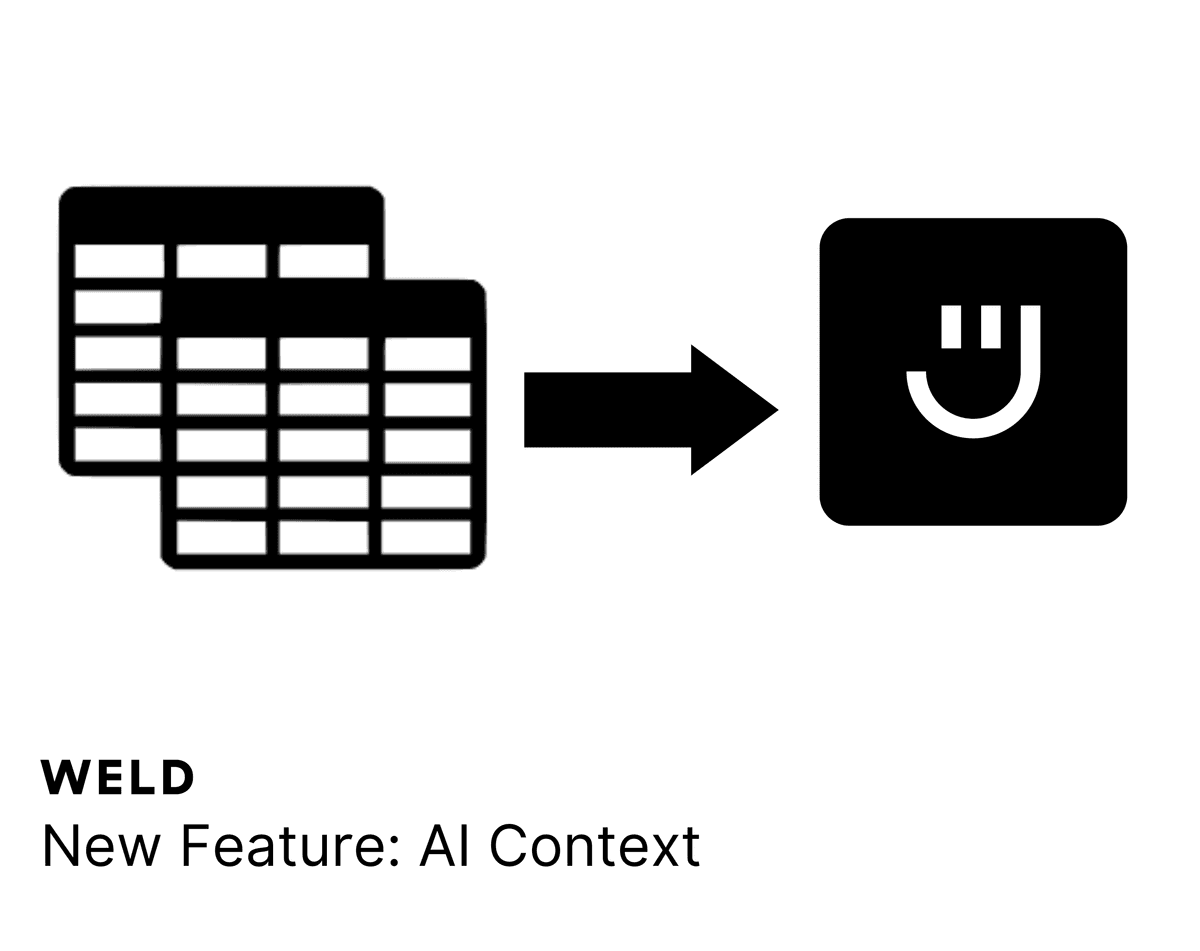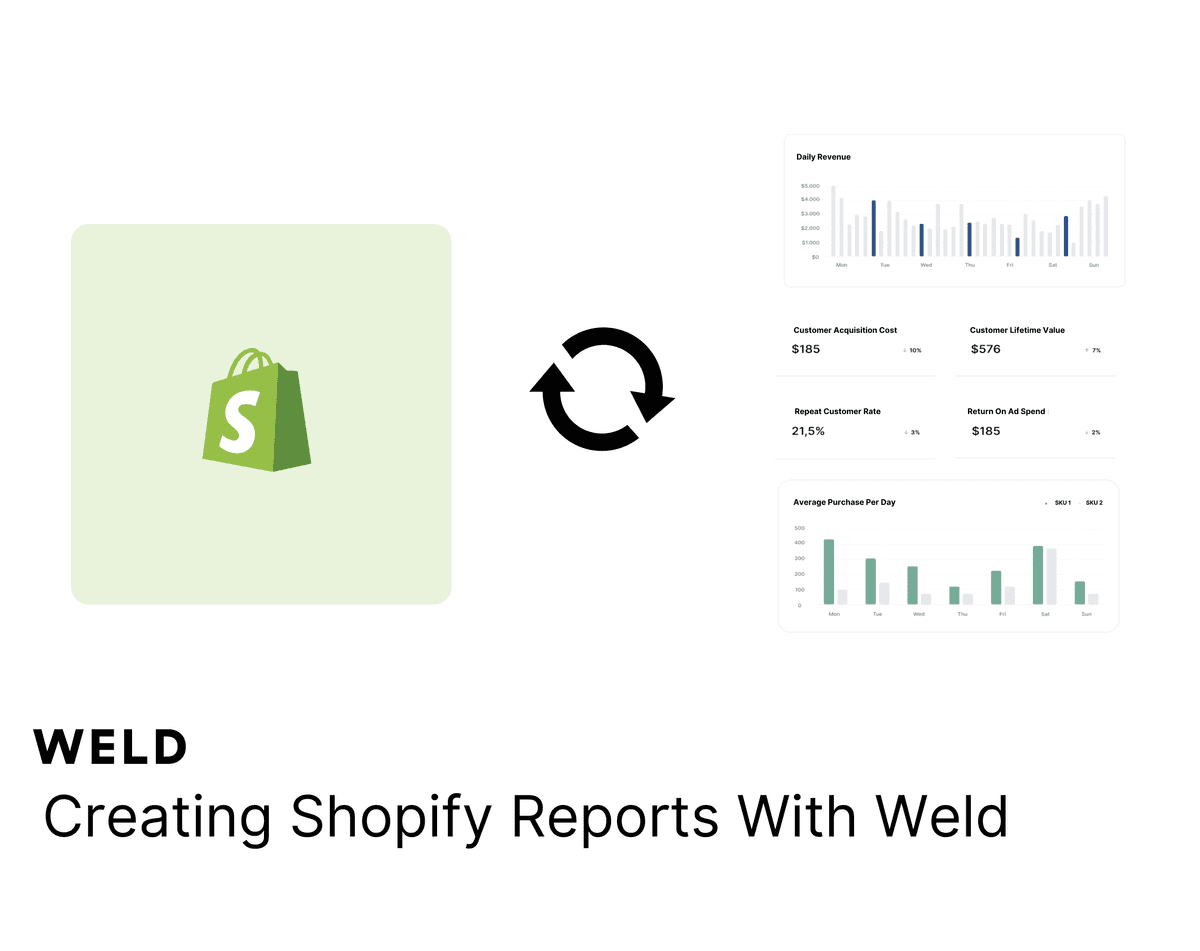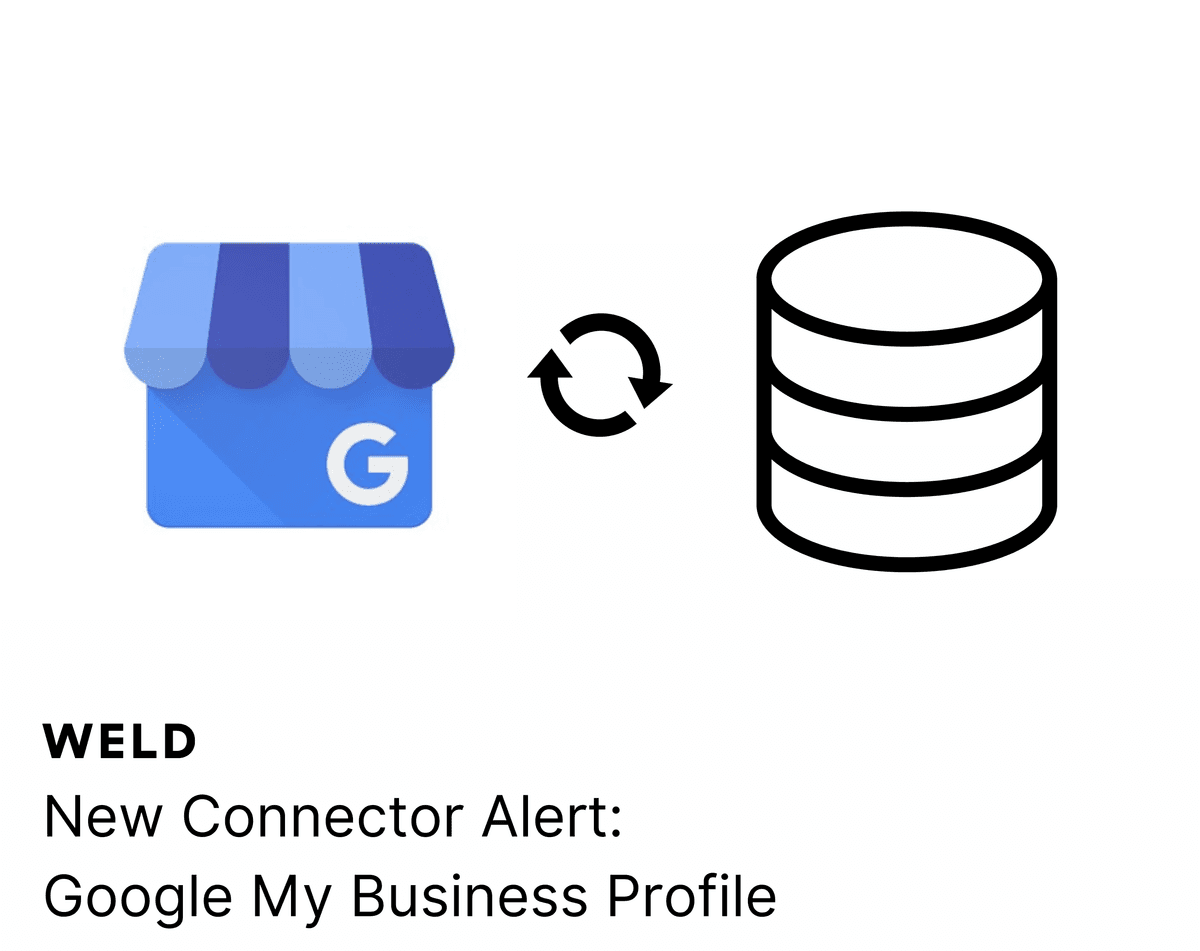
Modern data experts face ambitious objectives. Beyond applying your expertise to build, manage, and derive value from the company’s data infrastructure, you’re also often tasked with helping to create a data culture throughout the organization. This means helping non-technical employees feel comfortable and confident accessing and using data in their work — in other words, developing data literacy across company departments.
When employees on every team understand how to interpret, analyze, and apply data in their decision-making, it becomes a natural part of how work gets done. But data literacy isn’t something people just have — it has to be learned. And unfortunately, there’s a gap between many employers' expectations around data literacy, and their employees’ reality.
While 82% of leaders expect all employees to have basic data literacy, only 47% of employees say they’ve been offered data training by their organization.
– Building Data Literacy, Forrester & Tableau
Expecting employees who lack technical data expertise to adopt a data-driven approach without training or support can quickly lead to frustration and even resistance. This is why your role in helping to develop data literacy in every team is vital to creating a healthy, thriving data culture at your company.
What do we mean by data literacy?
Data literacy for those who aren’t data experts is the basic ability to understand, interpret, communicate, and leverage data. It doesn’t mean everyone needs to become a junior analyst, just that they are data aware enough to bring it into their projects and decision making.
Examples of data literacy for non-experts:
- Reporting and tracking metrics
- Understanding KPIs
- Explaining a project’s performance
- Pinpointing the source of a failure
- Applying learnings from a previous initiative
Real-world example of basic workplace data literacy: The marketing team is planning their next big campaign, and they want to be strategic with what channels they use. Someone from the team uses Google Analytics to observe how the various channels performed in a previous campaign. They then share this information with the team in context, explore possible options for moving forward, and come to a decision together.
Why is data literacy important for organizations?
To truly create a data culture, data needs to be a part of how employees think, plan, act, and track their progress. But 69% of decision makers surveyed by Forrester say a lack of data skills stops employees from using data effectively in decision-making. And this is a major challenge for organizations striving to be data-driven, because when people don’t know how to interact with data, they’re less likely to bring it into how they work.
With any cultural shift, the desired result has to be accessible and exciting for people to buy into. For employees to get curious about what data can do for the business, they need to be equipped and empowered to work with it. Not only that, but the more autonomy various departments have with company data, the more you can focus on the specialized work that requires your data expertise. Overarching data literacy is a win for every team's performance.
How to improve your company's data literacy
While data literacy is a top skill for Data Analysts to have, it's not something that non-technical employees will necessarily have. Here’s how you can help them build their data knowledge.
1. Make data training available to everyone
Too often, data training is reserved exclusively for data experts. In fact, 37% of decision makers surveyed by Forrester said data training is only available to employees in traditional data roles. But this creates a significant skills gap that hinders companies from achieving a data-led approach. As the representative of your expertise, it’s important to advocate for data training across disciplines to help upskill your peers.
How to help upskill non-technical employees:
- Create data usage guidelines people can refer to in their day-to-day.
- Organize and host knowledge sharing sessions everyone can attend.
- Propose bringing in external experts for professional development sessions.
- Look into external training programs you can pitch to the leadership team.
Collaborate with your manager or the leadership team to make sure employees are able to allocate their working hours to data training, however it’s provided. You can also suggest making it a part of the employee onboarding process, and requiring everyone to take refresher training on an annual basis.
Pro tip: Record the data trainings you do so they can be added to new employee's onboarding package, and made available for reference. This way employees have more resources for using data at work, and it alleviates the added workload of hosting regular training sessions.
2. Create clear definitions and ownership
Creating clear definitions and ownership of business metrics is an essential form of delegation for data experts. This also supports data literacy because there’s less ambiguity around how KPIs are defined, and who is responsible for tracking them. Start by setting clear definitions of your core business metrics and communicating them to the broader organization.
These definitions need to be company-wide and accessible to all employees. It’s helpful to have a single source of truth for your data, to avoid data silos from developing and teams becoming misaligned on your metrics. With Weld, all of your data is centralized, managed, and activated in one place. The Metrics Store lets you establish clear definitions (both technical and commercial) that everyone can access. And features like change logs, approval flows, and easy search and filter mean data governance is built in. Try it free →

3. Increase data engagement from everyone
Getting people to engage with data more often is a great hands-on way to build their comfort levels and understanding. Plus, it helps you spread the responsibility of bringing data into how work gets done. This can be done in a number of ways, like:
- Taking time to share and explain the data projects you’re working on during town hall meetings or other cross-team alignment opportunities.
- Having upper leadership present wins and projections at quarterly strategy meetings to help employees understand what’s behind their direction.
- Get departments to examine the performance of their initiatives at a monthly review meeting, and discuss how they can apply their learnings going forward.
- Ask teams to conduct weekly health checks of their KPIs in rotation, so every member of the team shares the responsibility of monitoring their results.
Creating these types of rituals around data usage helps people develop the reflex to refer to data more often. This is another case in which delegating tasks that may currently be within your role also benefits the company overall.
4. Bring data into people's day-to-day
Finally, one of the best ways to build up people’s data literacy is to incorporate data into their day-to-day work. If you haven’t yet invested in reverse-ETL, it’s worth considering how syncing data into other team’s tools could help streamline their work and improve their outputs. You can meet with teams or stakeholders to figure out where reverse-ETL might have the biggest impact, and find opportunities to collaborate with various teams at the company. Working on data projects together with non-data teams helps you bridge the gap between your areas of expertise, and break down silos that can easily form at any organization.
Looking for a tool to make reverse-ETL more achievable? With Weld, you manage your entire data operations in a single tool. From ELT, to modelling, to reverse-ETL, Weld is a complete modern data stack built on top of your existing warehouse — or, you can even create a BigQuery warehouse right in the platform. The best sidekick for data experts with big mandates, Weld is now free and easier than ever to launch. Give it a try →
Developing company-wide data literacy takes leadership
For modern companies that want a true data culture, data specialists need to be leaders, and advocates of their domain. It’s a challenging part of the job, but it’s integral to succeeding as a data-led organization. Use the tools and tactics outlined in this article to help your colleagues level-up their data literacy, and achieve your company’s data ambitions.
Continue reading

New Feature - AI Context
Our AI assistant, Ed, now lets you include contexts for your prompt, beyond all the useful features it already had!

How to set up your Shopify metrics in Weld
Learn how to set up your Shopify metrics in Weld and get actionable insights from your data.

New Connector Alert - Google My Business Profile
Looking to optimize your Google My Business Profile reporting? With our new ETL connector, you can effortlessly integrate your Google My Business Profile data with all your other data sources. Create a comprehensive view of your business metrics, enhance your analytics, and make more informed decisions with ease!





